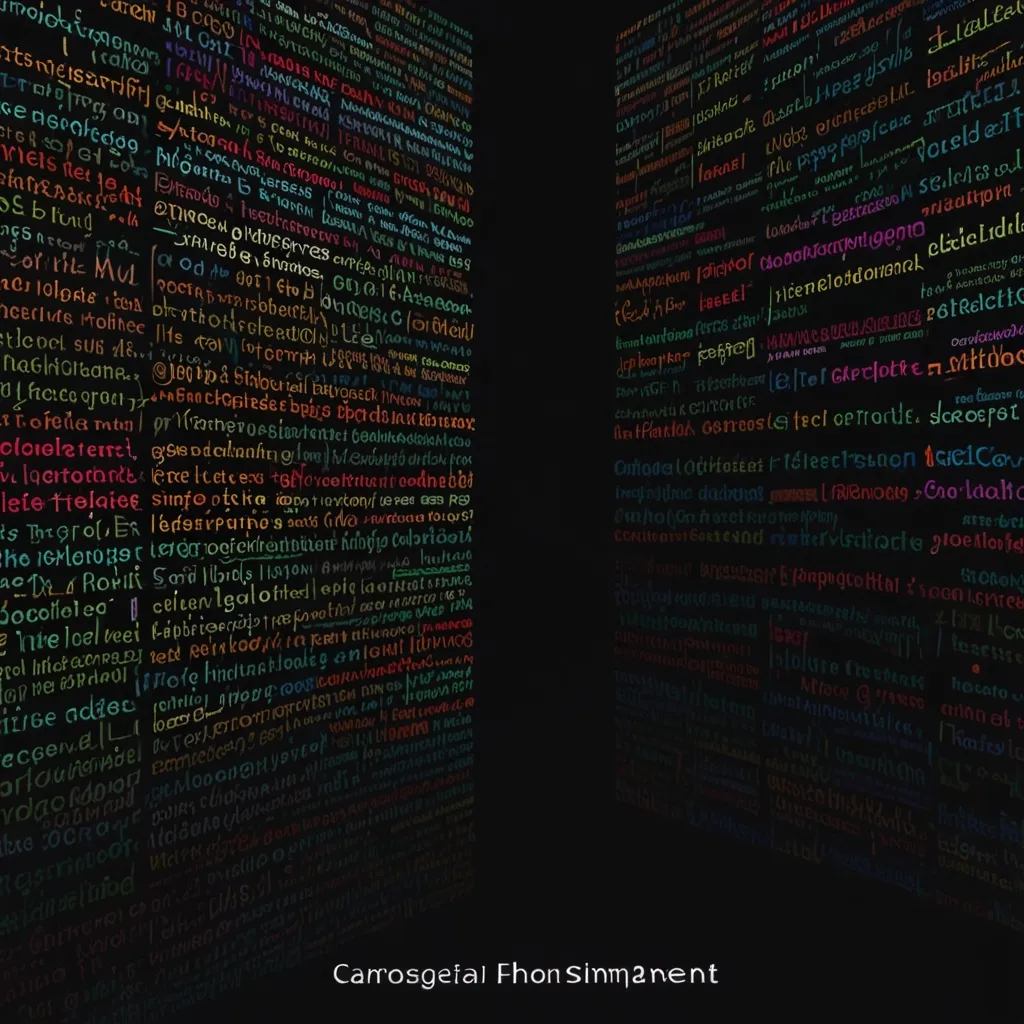Standard ML, or SML for short, is one of those hidden gems in the programming world. Since it first appeared on the scene in 1983, it has carved out a niche for itself, particularly among those who are fans of functional programming. What makes SML stand out are its rock-solid type system, modular design, and the fact that it’s built on strong theoretical foundations.
Formal Definition and All That Jazz
One thing that makes SML unique is its formal definition. Yep, SML is one of those rare languages that has its syntax and semantics meticulously documented in “The Definition of Standard ML.” This isn’t just geeky trivia; it makes SML an excellent tool for teaching and research in computer science. If you’re into programming languages and type theory, SML is your jam.
Functional Programming Done Right
At its core, SML is a functional programming language. This means it leans heavily on functions as the main way to abstract and solve problems. Instead of thinking in terms of commands and statements, you’re working with expressions. This can feel a lot like working with math, making it easier to figure out what your code is actually doing.
Take the factorial function, for example:
fun factorial n = if n = 0 then 1 else n * factorial (n - 1)
This is a classic in the world of functional programming, showing off how you can use recursion to handle computations.
Types You Can Trust
One of SML’s standout features is its type system. It’s strong and statically typed, meaning the types of all expressions are checked when you compile your code, not when you run it. This cuts down on those annoying type-related bugs. Plus, the type system is inferred, so you often don’t need to specify the types of variables and functions explicitly. That’s less typing for you and cleaner code overall.
The type inference in SML uses the Hindley-Milner type system, which is pretty elegant and expressive. You get the benefits of generic programming without having to drown your code in type annotations.
Modular Mastery
SML takes modular programming to heart. Its module system is powerful, letting you break your code into separate, reusable units. This makes it easier to keep things organized and maintainable. When your programs start getting big and complex, you’ll appreciate how SML lets you manage that complexity.
Concurrency and Parallelism in SML
Running multiple operations at once? SML has you covered with its Concurrent ML (CML) extension. It offers a high-level way to handle concurrent programming, somewhat like Go’s channels but with even more flexibility and stronger typing. If you’re working on applications that need to do several things at once, SML is worth considering.
Real-World Use Cases
You might not see SML at the top of job postings, but it has some significant real-world applications. It’s especially popular in areas like compiler development, programming language research, and theorem proving. Tools like Isabelle, HOL4, and Twelf owe a lot to SML.
Even though SML isn’t a household name, its influence is widespread. Languages like OCaml, F#, F*, Haskell, and even bits of Python and Rust have taken inspiration from SML’s design and features.
Jumping Into SML
Thinking about picking up SML? It’s known for being simple and readable. The syntax is straightforward, and you can get a handle on the basics pretty quickly. But to really master it, you’ll need a good grasp of functional programming and type theory.
There are several versions of SML out there, like SML/NJ, MLton, and PolyML. Each has its pros and cons in terms of performance and features. If you’re just starting out, SML/NJ is a solid choice thanks to its user-friendly interface and thorough documentation.
SML Tools and Community
Sure, SML’s tooling and ecosystem might not be as polished as, say, JavaScript or Python, but there’s ongoing work to improve it. There’s movement towards better package managers and improved IDE support, although it’s still early days.
Wrapping It Up
Standard ML is a language with a lot to offer. From its rigorous design and strong type system to its neat modular structure, it’s a fantastic choice for educational purposes and research in computer science. It’s not the first pick for everyday app development, but its impact on the programming world is hard to ignore. Learning SML can deepen your understanding of programming’s theoretical side and help you appreciate the beauty of well-structured, reliable code.
In the end, SML merges theoretical rigor with practical usability, making it a rewarding language for those who enjoy diving deep into the nuances of programming. If you’re looking to strengthen your understanding of functional programming and type theory, SML is definitely worth your time.






